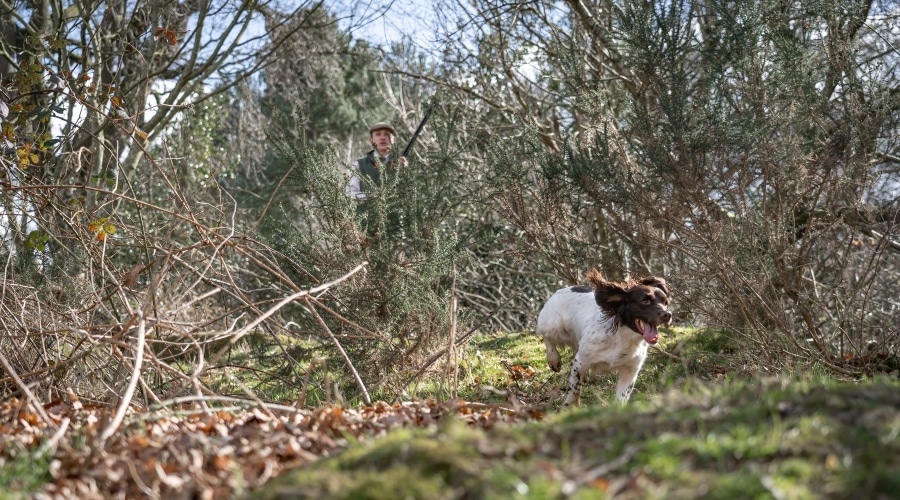
Hunting with Dogs Act now law in Scotland
BASC is urging members to familiarise themselves with the new Hunting with Dogs (Scotland) Act 2023 when undertaking fox and rabbit control with dogs.
Get information on the legal shooting season for mammals and birds in the UK.
Learn about our current conservation projects and how you can get involved.
Comprehensive information and advice from our specialist firearms team.
Everything you need to know about shotgun, rifle and airgun ammunition.
Find our up-to-date information, advice and links to government resources.
Everything you need to know on firearms law and licensing.
All the latest news and advice on general licences and how they affect you.
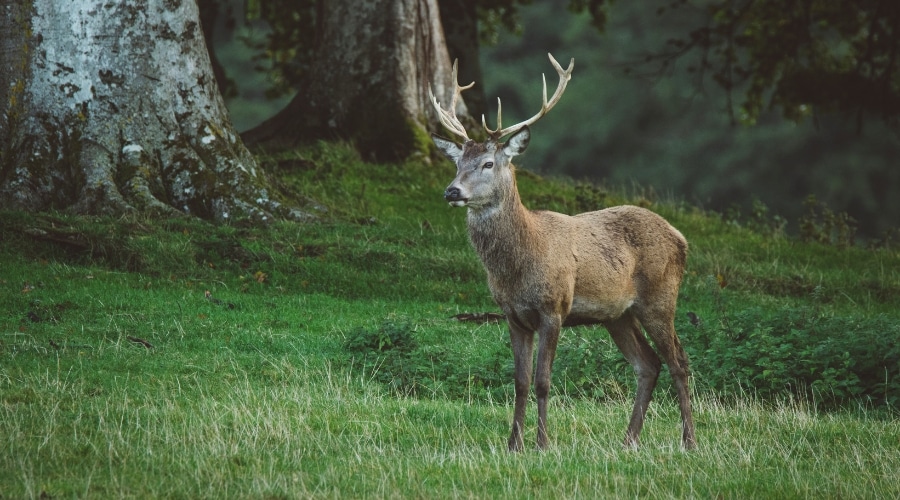
BASC responded to a Scottish Government stakeholder consultation on proposals to implement some recommendations made by the Deer Working Group to amend the Deer (Scotland) Act 1996 via secondary legislation.
BASC is supportive of two proposals and opposes one, namely the removal of the closed seasons for all male species in Scotland. This policy has many elements to consider, which BASC provided in response to the consultation.
The three changes are outlined as follows:
Two recent studies of relevance as follows:
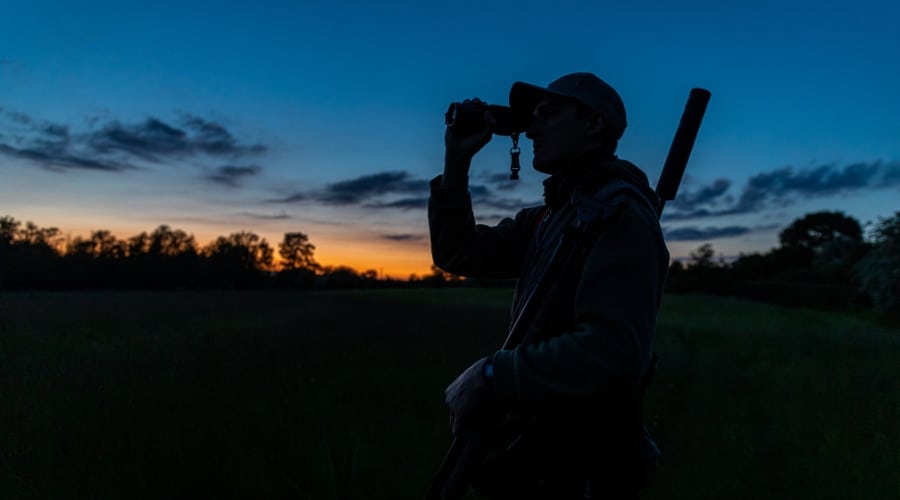
BASC supports this proposal, providing it is not purely restricted to thermal imaging sights.
We feel that modern digital night vision scopes and IR illuminators are more than fit for purpose for the humane shooting of deer.
We note the concerns raised over the use of some infra-red night vision devices and that “these were not fit for purpose for deer culling at night” (NatureScot Report 1311). However, the infra-red equipment tested was older and less efficient than what is currently available.
While there is some concern over the use of these scopes at night, we recognise that all who are licensed to shoot at night are on the Fit and Competent register and therefore should be experienced.
We also suggest that the wording of the amended legislation is clear and would permit the use of these sighting devices (scopes) for routine deer management during the day as well as at during licensed shooting at night.
Currently, sighting devices with the capability of thermal imaging and image intensifying cannot be used during the day, even if that specific function of the scope is switched off. This would allow rifles fitted with such scopes to be used during the day.
BASC is also in favour of this as it would align legislation with that of England and Wales and would reduce confusion and complexities for those managing deer across Great Britain.
We are aware that Wild Deer Best Practice Guidance on the use of such devices is in preparation, and we suggest that this is published before the legislative changes are made.

BASC supports this decision as it will help to alleviate some of the most prevalent and common grievances that members have with the transition to lead-free ammunition (namely that the .243 and similar calibres would otherwise struggle to meet legal minimums).
BASC’s recommendations to the UK REACH consultation stated that small calibres (below 6.5mm) needed a lot longer transitional period than larger calibres, given the issues of heavier bullet weights (100 grain) in these calibres not stabilising.
While we are confident that this recommendation has been listened to, the proposed legislative change by Scottish Government would be a welcomed one, allowing stalkers that use a .243 or similar to make the transition to lead-free ammunition without the need for getting a new rifle or barrel.
Many stalkers are already required to use lead-free ammunition, be it through lease conditions or AGHE requirement. This proposal would ensure that stalkers in these situations can continue to manage deer populations and supply venison into the food chain.
There is some concern surrounding the possible use of 80 grain bullets to cull large deer (red, fallow and sika) at night, when the follow-up and despatch of a wounded deer is harder than during the day.
Consideration could be given to either condition night shooting licenses to require the use of bullet weights of 100 grains or more, or require the use of a calibre of 6.5mm or greater. This could also be incorporated into the Night Shooting Code of Practice.
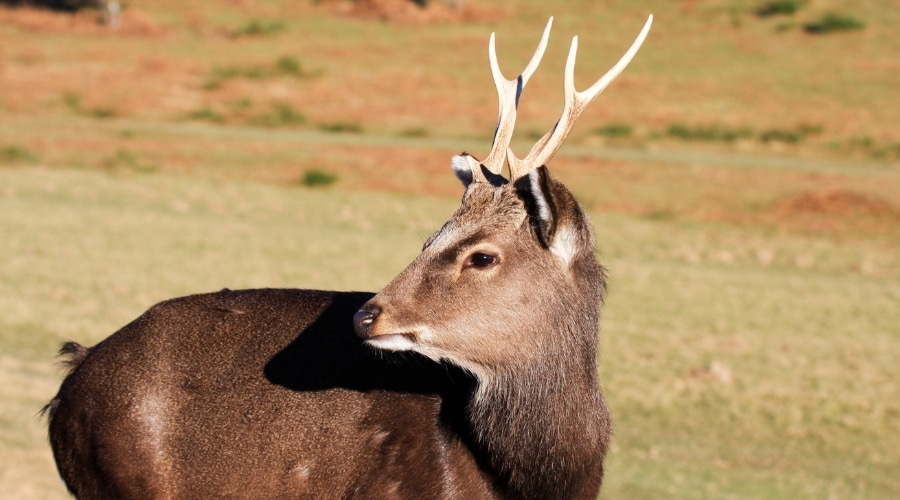
BASC disagrees with this proposal as we feel that it is not necessary nor that it will help reduce population levels.
Wild Deer Best Practice states that “a reduction cull must focus on the females” and we suggest that instead of removing the male deer close season an incentive is given to control more female deer, where appropriate.
The ultimate reason BASC opposed the change is due to the lack of tangible reasoning or evidence behind it.
As we know, the key to any sort of effective deer management is to strictly control the number of females within the population. This is due to female deer being the ones that produce and raise future generations within said population. Within any effective maintenance cull (aiming to keep the deer population static) will require at least 50% of the cull to be breeding females. To reduce populations, this percentage will need to be much higher.
Removing barriers to allow deer managers to take more male deer may have some localised benefits, although in many scenarios such as protecting crops the control of deer out of season is already covered by the General Authorisation. The General Authorisation under Section 5 6 (a) of the Deer (Scotland) Act 1996 already allows the shooting of male deer in the close season to prevent damage to crops, pasture, enclosed woodland etc.
There is no need for an owner or occupier to apply for an individual authorisation, apart from in limited exceptions. We therefore feel that the removal of the close season will have no real impact upon the numbers of male deer shot in Scotland; the General Authorisation allows the year-round culling of male deer when they are causing problems. In other occasions, it may also lead to the shooting of male deer throughout winter when the target should be very firmly on managing the female numbers.
For instance, take the hypothetical, yet very relatable, situation of looking at a roe deer on last light in December. Where previously we would simply not have shot due to difficulties in sexing the animal, now it gives a legal 50/50 chance of shooting a male instead of the targeted female.
Add to this the fact that young male red and fallow deer tend to be the ones to walk into the open before mature females, plus the tendency for recreational stalkers to prefer shooting antlered deer and we can see how more male deer may end up being taken at times when the focus should be on the female cull.
In these circumstances the proposal will have the opposite effect on deer populations than NatureScot is aiming for. The focus from NatureScot, landowners and shooting organisations must remain on culling females and maintaining the management plan.
For many, especially those commercially selling the shooting of male deer, the proposal will not change their established management plan. For instance, on the highly successful BASC Arran Stalking Scheme, the decision has already been made to keep dedicated stag weeks from August-September and hind weeks from November-February. The decision will ultimately be taken under each management plan, situation and species.
While BASC remains opposed to the removal of male deer close seasons, there are several things to keep in mind.
Firstly, we must remember that it is a positive thing to have government bodies dedicated to assisting deer managers by amending and removing outdated legislation. Even though this proposal is somewhat misguided, the bigger picture of government appreciating and supporting the work of our sector is refreshing.
Secondly, is the major point that (provided female culls are kept in mind) there really isn’t a huge problem with removing male seasons from an ethical standpoint. Unlike with the shooting of females out of season, where at-foot young and heavily developed foetuses become a significant welfare factor, shooting males out of season comes with less considerations.
Provided effective deer management remains in mind, there should be no real downside to shooting occasional male deer through the winter or spring months.
In addition, no close season for male deer could exacerbate the problem of over-population (where it exists) as more male deer could be shot through the winter months when deer managers should be concentrating on culling females.
Finally, with the current political climate around “trophy” hunting, there could well be a negative response from the public regarding this change. It is not hard to imagine how those with an anti-stalking agenda could use this to claim that the stalking industry wanted more time/opportunity to hunt trophies.

BASC is urging members to familiarise themselves with the new Hunting with Dogs (Scotland) Act 2023 when undertaking fox and rabbit control with dogs.

BASC and the British Deer Society have launched a campaign on the importance of giving pregnant deer and their newborns space at this time of year.
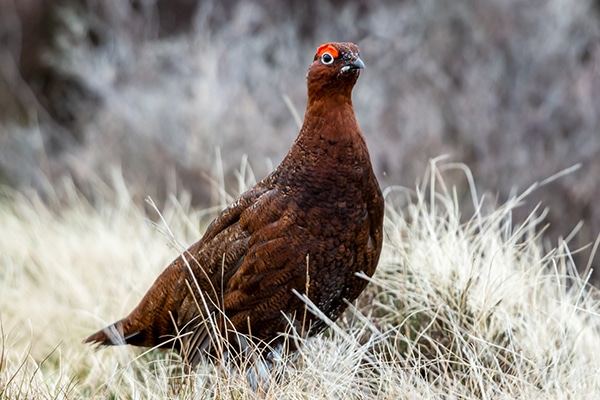
BASC has urged MSPs to make substantial amendments to the Wildlife Management and Muirburn (Scotland) Bill following the publication of a key report.
Sign up to our weekly newsletter and get all the latest updates straight to your inbox.
© 2023 British Association for Shooting and Conservation. Registered Office: Marford Mill, Rossett, Wrexham, LL12 0HL – Registered Society No: 28488R. BASC is a trading name of the British Association for Shooting and Conservation Limited which is authorised and regulated by the Financial Conduct Authority (FCA) under firm reference number 311937.
If you have any questions or complaints about your BASC membership insurance cover, please email us. More information about resolving complaints can be found on the FCA website or on the EU ODR platform.
This website uses cookies so that we can provide you with the best user experience possible. Cookie information is stored in your browser and performs functions such as recognising you when you return to our website and helping our team to understand which sections of the website you find most interesting and useful.
Strictly Necessary Cookie should be enabled at all times so that we can save your preferences for cookie settings.
If you disable this cookie, we will not be able to save your preferences. This means that every time you visit this website you will need to enable or disable cookies again.
This website uses Google Analytics to collect anonymous information such as the number of visitors to the site, and the most popular pages.
Keeping this cookie enabled helps us to improve our website.
Please enable Strictly Necessary Cookies first so that we can save your preferences!
More information about our Cookie Policy